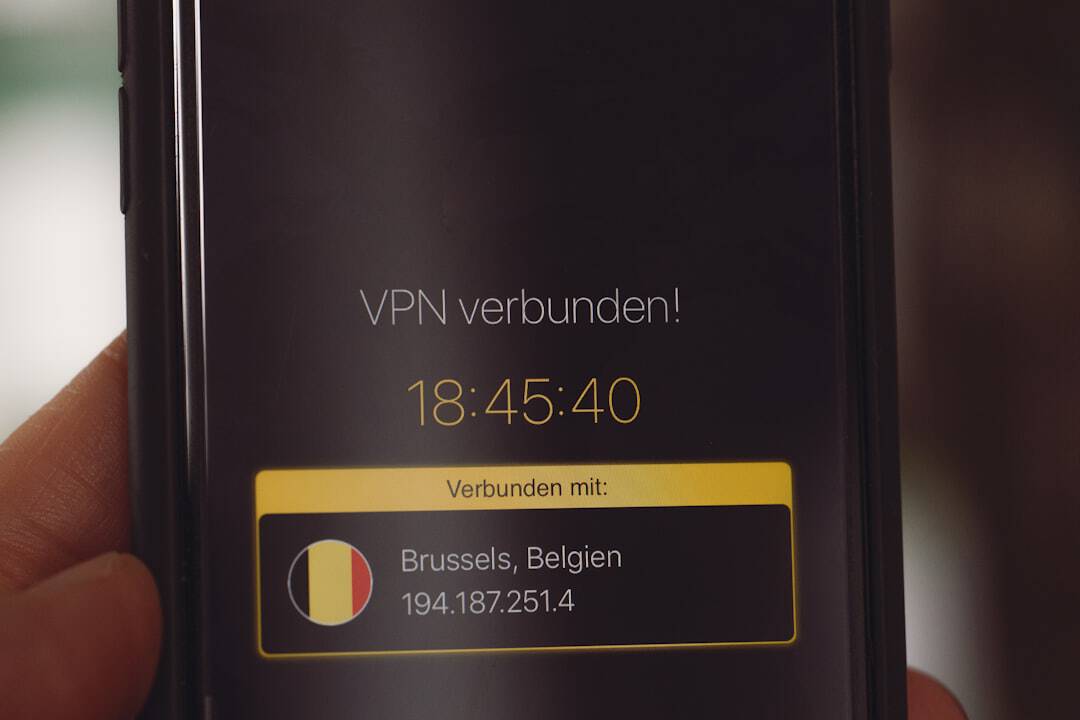Cyber Security
-

Protecting Industrial Systems: Cyber Security
Cyber attacks on industrial systems pose a significant threat to critical infrastructure safety, security, and stability. These attacks target various industrial control systems in power plants, water treatment facilities, manufacturing plants, and transportation systems. Attackers aim to disrupt operations, steal sensitive information, or cause physical damage to equipment. They employ tactics such as malware, phishing,…
-

Enhancing Security with Zero Trust Network Access (ZTNA)
Zero Trust Network Access (ZTNA) is a security model designed to address the limitations of traditional network security measures. Unlike conventional approaches that rely on perimeter-based defenses, ZTNA operates on the principle of “never trust, always verify.” This model assumes that every user, device, and application is a potential threat and requires verification before granting…
-

Brute Force Remote Desktop: A Security Threat
Brute force attacks are a cybersecurity threat where attackers attempt to gain unauthorized access to systems or accounts by systematically trying all possible username and password combinations. This method is commonly used in remote desktop attacks, targeting the Remote Desktop Protocol (RDP) to access computers or networks. These attacks are typically automated, utilizing software capable…
-

Preventing Zero Day Attacks: A Comprehensive Guide
Zero-day attacks are cybersecurity threats that exploit previously unknown vulnerabilities in computer systems or software applications. These attacks are termed “zero-day” because they occur on the same day the vulnerability is discovered, leaving no time for developers to create and implement a fix. This immediacy makes zero-day attacks particularly dangerous, as they can cause significant…
-

Protecting Your Data: Cyber Security Tips
In the digital era, cyber security has become a crucial aspect of our daily lives. As we increasingly rely on technology for communication, financial transactions, and personal data storage, protecting ourselves from cyber threats is more important than ever. Cyber security encompasses various practices and measures designed to safeguard digital information and systems from unauthorized…
-

Securing Remote Access with Zscaler ZTNA
Zero Trust Network Access (ZTNA) is a security model that requires verification and authentication of every user and device attempting to access a network. This approach is founded on the principle of “never trust, always verify,” meaning no user or device is trusted by default, regardless of their location relative to the corporate network. ZTNA…
-

Preventing Brute Force Attacks on WiFi Networks
Brute force attacks are a prevalent hacking technique used to gain unauthorized access to systems or networks. This method involves systematically attempting every possible combination of passwords or encryption keys until the correct one is identified. While simple in concept, brute force attacks can be highly effective, particularly against systems with weak or easily guessable…
-

Understanding the Zero Day Exploit Threat
A zero-day exploit is a cyber attack that targets a previously unknown security vulnerability on the day it becomes public knowledge. This timing gives software developers no opportunity to create and distribute patches before attacks occur. Zero-day exploits pose significant risks because they can compromise systems lacking protection against the newly discovered vulnerability. These attacks…
-

Protecting Your Data: Computer Cyber Security Tips
In today’s digital age, cyber security has become a critical aspect of our personal and professional lives. With the increasing reliance on technology and the internet, the risk of cyber attacks and data breaches has also grown exponentially. It is essential to understand the importance of cyber security in order to protect sensitive information and…
-

Maximizing Security with Cisco ZTNA
Zero Trust Network Access (ZTNA) is a security framework designed to address limitations in traditional network security approaches. Unlike conventional models that rely on perimeter-based defenses, ZTNA assumes threats exist both inside and outside the network. This model focuses on verifying user and device identities, granting access based on specific policies regardless of the user’s…
-

The Dangers of Brute Force Hacking
Brute force hacking is a cybersecurity attack method that involves systematically attempting every possible combination of passwords or encryption keys to gain unauthorized access to a system or account. This technique is often employed when more sophisticated hacking methods have proven unsuccessful. While brute force attacks can be performed manually, they are typically automated using…
-

Uncovering Zero Day Attack Vulnerabilities
Zero-day attacks are a form of cyber threat that exploits previously unknown vulnerabilities in software, hardware, or networks. These vulnerabilities are termed “zero-day” because the vendor or developer has had zero days to address the issue before it is exploited. This lack of preparation time makes zero-day attacks particularly dangerous, as there are no existing…
-

Understanding Vulnerability in Cyber Security
Vulnerability in cyber security refers to weaknesses or flaws in a system that can be exploited by attackers to gain unauthorized access, steal data, disrupt operations, or cause other types of harm. These vulnerabilities can exist in various components of a system, including software, hardware, networks, and even human behavior. In the context of cyber…
-

Securing Network Access with Sophos ZTNA
Zero Trust Network Access (ZTNA) is a security framework designed to address the limitations of traditional network security approaches. Unlike conventional models that rely on perimeter-based defenses, ZTNA assumes that threats can originate from both internal and external sources. This model focuses on verifying the identity of users and devices before granting access to network…
-

Protecting Your Data with Brute Force Software
Brute force software is a cybersecurity tool used to crack passwords and encryption by systematically attempting all possible combinations until the correct one is found. This method is employed by both hackers seeking unauthorized access to sensitive data and cybersecurity professionals testing the strength of their systems. The software automates the process of trying various…
-

Chrome Zero Day Vulnerability Exposed
A zero-day vulnerability is a previously unknown security flaw in software or hardware that has not yet been addressed by the vendor or developer. The term “zero-day” indicates that developers have no time to fix the issue before potential exploitation. These vulnerabilities are highly valuable to cybercriminals as they provide opportunities for attacks before patches…
-

Protecting Your Business with TTP Cybersecurity
In the contemporary digital landscape, cybersecurity threats are continuously evolving and becoming increasingly complex. Cyber threats manifest in various forms, including malware, ransomware, phishing attacks, and social engineering techniques. These threats can target individuals, businesses, and governmental organizations, potentially causing substantial financial losses and reputational harm. It is essential for organizations to comprehend the diverse…
-

Secure Access with ZTNA Solutions
Zero Trust Network Access (ZTNA) is a security framework that eliminates implicit trust within an organization’s network. Unlike traditional network security models that assume internal network elements are trustworthy, ZTNA operates on the principle of “never trust, always verify.” This approach requires continuous authentication and authorization for all users and devices attempting to access network…
-

Protecting Against Brute Force Attacks in Cyber Security
Brute force attacks are a cybersecurity threat where attackers attempt to gain unauthorized access to systems or accounts by systematically trying all possible username and password combinations. This method exploits weak or easily guessable passwords and can be highly effective in compromising sensitive information. While brute force attacks can be performed manually, they are typically…
-

Uncovering Vulnerability: Zero Day Exploits
Zero day exploits are a type of cyber attack that targets previously unknown vulnerabilities in computer systems or software applications. These vulnerabilities are termed “zero day” because developers have had no time to address and patch the issue. As a result, there are no existing security measures to protect against these exploits, leaving systems and…
-

Microsoft’s Cybersecurity Solutions: Protecting Your Data
In the modern digital era, cybersecurity has become a critical concern. The increasing dependence on technology and the internet has led to a corresponding rise in cyber threats and attacks. Cybersecurity is crucial for safeguarding sensitive data, personal information, and financial assets from unauthorized access, theft, and misuse. As more data is stored online by…









